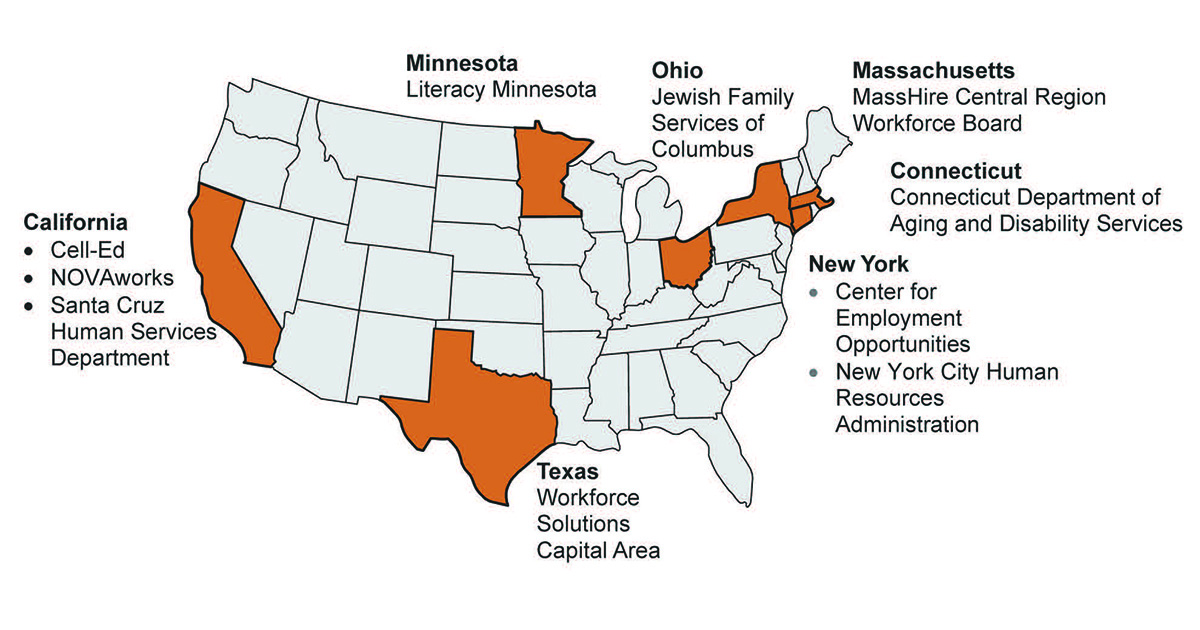Innovations in Hybrid Service Delivery
Workforce Programs Combine Virtual and In-Person Strategies

Introduction
When the COVID-19 pandemic spread across the United States in early 2020, workforce programs that provide employment and training services faced new challenges as they responded to public health restrictions and shifts in the needs of employers and job seekers. As part of the Building Evidence on Employment Strategies (BEES) project, researchers from MDRC and MEF Associates conducted virtual interviews from November 2021 to April 2022 with staff members at 10 such programs to learn about how they used technology to adapt their services during the pandemic.
Purpose
This snapshot highlights three lessons that demonstrate how these programs leveraged a crisis to create important opportunities for streamlining and improving services.
Primary Questions
- How did programs that provide employment and training services modify service delivery during the COVID-19 pandemic?
- What are some lessons program staff learned while providing services during the COVID-19 pandemic?
- Which new approaches to service delivery, if any, did program staff anticipate maintaining after the end of the COVID-19 pandemic?
Key Findings and Highlights
- Digital services can save staff and clients time, money, and effort by increasing the flexibility of providing and accessing services.
- Some clients need extra resources and support to access digital services to ensure equitable access to and outcomes from digital services.
- A mix of digital and in-person services helps program staff and clients benefit from the advantages of both service delivery approaches.
- Anticipating the end of restrictions on in-person service delivery as the pandemic slowed, many program staff members said they intended to maintain some of their newly developed virtual strategies, using a hybrid model that would blend in-person and virtual service delivery.
Methods
The study analyzed qualitative data collected through virtual interviews with staff members at 10 workforce programs from November 2021 to April 2022.
Document Details
Anderson, Shawna and Danielle Cummings. 2024. “Innovations in Hybrid Service Delivery: Workforce Programs Combine Virtual
and In-Person Strategies.” OPRE Report 2024-100. Washington, DC: Office of Planning, Research, and Evaluation, Administration for Children and Families, U.S. Department of Health and Human Services.







